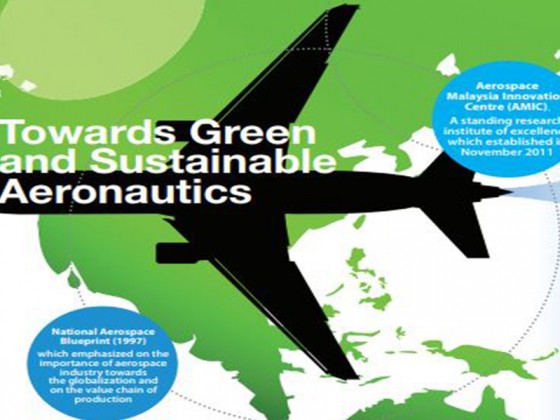by | Mohd Afzanizam Mohd Badrin
Renewable Energy Policy:
The Energy Commission (EC), a government monitoring agency of the national renewable energy development has set an increase in the percentage of electricity generated from renewable energy to 5.5% compared with less than one per cent currently.
The higher percentage was achievable through the establishment of the sustainable Energy Development Authority. The authority was formed as a statutory body under the Sustainable Energy Development Authority Act 2011 [Act 726].
In 2009, the Authority has developed the National Renewable Energy Policy and Action Plan. The policy and action plan aimed at creating sustainable energy trough renewable resources. The document outlined five (5) objectives comprising elements of energy, industry and environmental:
(1) To increase RE contribution in the national power generation mix;
(2) To facilitate the growth of the RE industry;
(3) To ensure reasonable RE generation costs;
(4) To conserve the environment for future generation; and
(5) To enhance awareness on the role and importance of RE.
Adipiscing lacus nec tellus adipiscing hac nibh Vestibulum aliquam tortor et. Cursus laoreet urna gravida congue Curabitur Phasellus vel Curabitur aliquet sem. Donec justo at habitant Aenean enim nunc tincidunt et Sed consectetuer. Est convallis Nunc ante convallis libero auctor sodales lacus nec Donec. Vitae sapien tincidunt Sed lobortis metus Phasellus Aenean libero condimentum dapibus. Augue elit.
INSTALLED SHP PLANTS AND OWNERSHIP
Today, there are twelve large scale hydropower stations and fifty eight mini scale hydropower stations in Malaysia. TNB Energy Services Sdn Bhd (TNB-ES), a wholly owned subsidiary of Tenaga Nasional Berhad (TNB) has been trusted to operate and maintain 30 numbers of mini hydro stations throughout the Peninsular of Malaysia with total installed capacity of approximately 16 MW4 .
SHP RESOURCE POTENTIAL:
Overall, the renewable energy (RE) industry has the potential to generate RM70 billion in revenue for the country by 2020. The RE sector is expected to create a host of spin-off benefits, including the creation of 52,000 jobs for the economy 6 . Although Malaysia had successfully benefited from the renewable resources for electricity generation, small-hydro has yet to be fully exploited. With hilly topography running almost the entire length and width of the country, and abundant number of streams flowing to foothills, Malaysia has a lot of small-hydro potential.
To date Malaysia had utilized this potential mainly in the range of large and mini hydropower but very few in the micro hydro range. In Malaysia, a total of 149 sites with estimated micro hydro potential of 28.9MW were identified 8 . The experts are also in the opinion that the suitable small-hydro projects would be those based on the run-off-the-river schemes of sizes of up to 10 MW to 30 MW in capacity.










